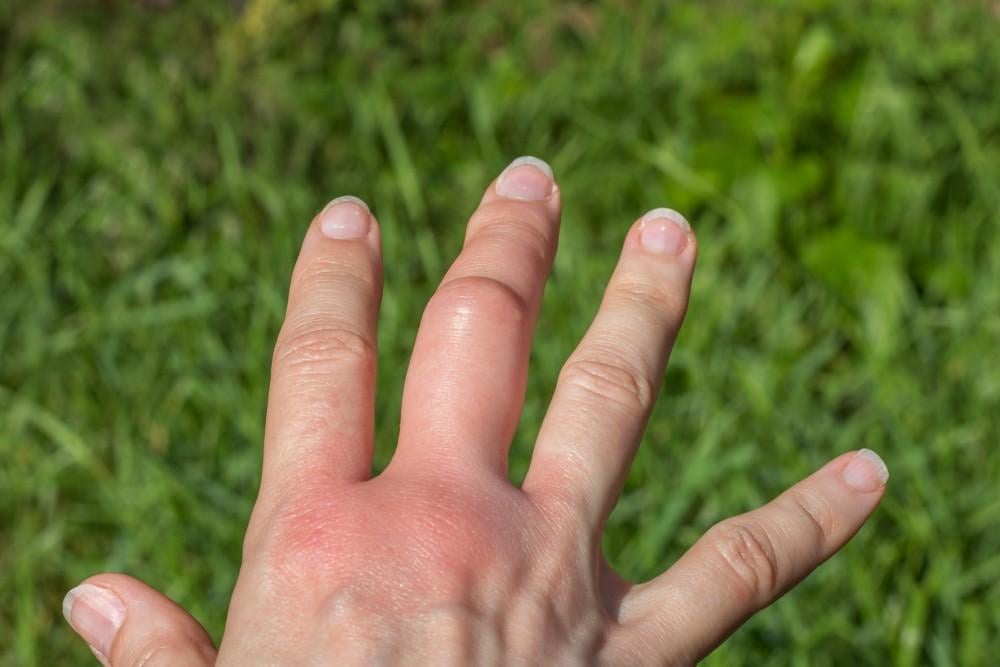Your muscles are among the most numerous and most important soft tissue in your body. You have over 600 muscles, performing tasks as diverse as moving parts of your body, helping your heart to pump blood, digesting food, or moving your eyes to see the world around you.
Everybody experiences pain in their muscles (also referred to as myalgia) at some point in their lives, and it can be for a variety of reasons, such as strains, sprains, tendonitis, tendinosis, and other injuries.
However the pain you may be experiencing can also be located in your fascia, a form of connective tissue that holds our organs and other tissue in place. It forms a sheath around muscles and repeated issues with pain in this part of your body can lead to chronic conditions like myofascial pain syndrome.
To treat this and other muscle pain, myofascial release therapy is an effective method to relieve symptoms. To find out what this treatment is like, let’s explore what this form of therapy is, what it can be used to treat, and what you can expect from a session.
If you reside around Houston or Spring, Texas, and you’re dealing with muscle pain, Drs. Billy Cheong, Kesia Broome, Elias Madrid, Theresa Shaw, and the experienced team at Elite Spine and Health Center can help you feel better.
Understanding myofascial release therapy
Since your fascia is connected everywhere in your body, damage there often means pain that can be referred to other areas of your body. The sensitivity and tightness can cause deep, aching pain, persistent or worsening pain, sleeping problems due to pain, and trigger points (tender spots in your muscles). This is often caused by muscle injuries, anxiety, and stress, and can lead to sleeping problems or fibromyalgia.
Myofascial release therapy is a manual method of treating the trigger points involved in problems with the fascia in your muscles, and is also referred to as myofascial trigger point therapy. Since trigger points can hinder movement in your muscles and joints, this treatment focuses on relieving the tension in your fascial tissue to ease pain, reduce soreness, ease stress, improve circulation, and help you relax.
Conditions it can treat
This form of therapy can be used to treat a variety of pain problems, such as the aforementioned myofascial pain syndrome and fibromyalgia, carpal tunnel syndrome, low back pain, temporomandibular joint (TMJ) disorder, and chronic migraines. It can also help deal with a range of soft tissue and connective tissue problems like whiplash, frozen shoulder, bursitis, osteoarthritis, plantar fasciitis, herniated discs, or poor posture, and problems that can stem from repetitive motion.
What to expect from the treatment
To apply pressure to sore or tight areas that need it during therapy, we start by finding those specific trigger points on your body. Then we use our hands, elbows, and sometimes foam rollers, to work out the sore areas and smooth out the knots that form in your trigger points. Pressure will be applied slowly and continuously until we feel the tension in these areas release. These areas will initially be sore, but will feel looser when that subsides.
Treatment can be done in 15-50 minute sessions, and happen every one to three days depending on your individual needs. They may only take a few weeks, or be done over a few months to get you the full relief from the pain of trigger points.
A lot of problems can lead to trigger points and the related pain, but myofascial release therapy can help, and we can provide it. If you’re ready to be free from the pain and tightness trigger points can bring, make an appointment with Elite Spine and Health Center today.




